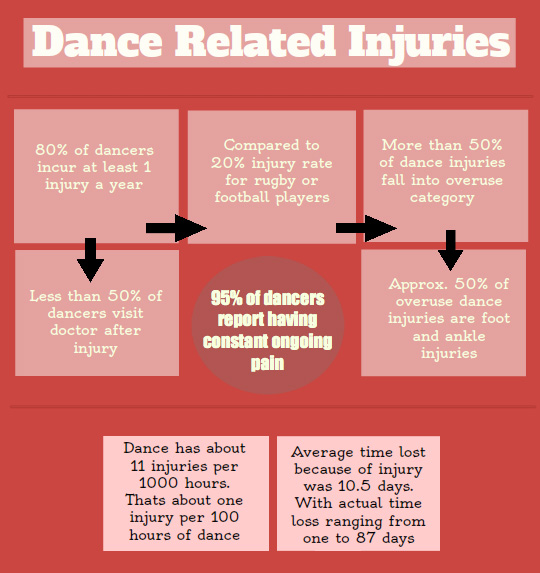|
The creator of this unique online process has been treating performers and musicians problems for over 40 years. Career threatening conditions can result directly from playing and indirectly from other reasons including hypertonicity, over-use and RSI, trauma, inappropriate technique, bad posture, and occasionally, disease processes.
Muscles, especially the deep muscles often become 'muscle-bound'. In this ultra-tense state the muscles will ache and tire very rapidly. They are being starved of Oxygen. The nervous system has two ways of dealing with tense muscles. If the muscle being irritated for whatever reason is a superficial muscle i.e. one which is in the outer layer of muscles, then weakening and loss of bulk will often occur. However, if the muscles in question are the deep, supportive and postural muscles, they will tighten and shorten in response to irritation.
The deep muscles usually become tight when their associated
joints have been used repetitively and, or have an injured joint
or joint displacement along the muscle's length. Every muscle in
the body is in contact with at least one joint along its length.
In the case of the hand and forearm many of the muscles must
traverse multiple joints. |
The main concern is a lack of career opportunity and structure, followed by financial stress. Sporadic work, no regular class, lack of rehearsal space and keeping motivated between projects, all contributing to general stress. Dancers said they often felt "burnt out" trying to maintain physical fitness, audition, and choreograph while maintaining other work commitments they needed to do in order to stay financially afloat. A number of dancers also felt that people worked as individuals rather than a collective community, citing the reason that dancers where competing against each other for work and funding opportunities.
The highest number of injuries occur in the low back followed by the shoulder, knee and then foot/ankle.
Benefits
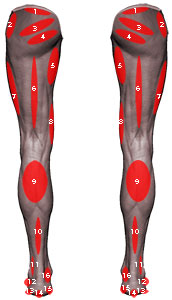 We provide you with a method and tool designed and created exclusively for Workplace Wellness by Paul Manley that gives every performer, student or professional the opportunity to describe in detail their problem areas and to give anonymous health feedback to his or her institution.
We provide you with a method and tool designed and created exclusively for Workplace Wellness by Paul Manley that gives every performer, student or professional the opportunity to describe in detail their problem areas and to give anonymous health feedback to his or her institution.
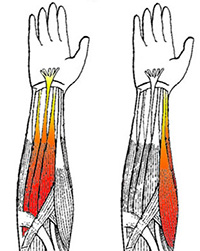
|
Imagine you could get 'snapshots' of a performers’ physical condition and work relationships and to be able to know whether your performers are suffering from symptoms likely to hamper their productivity and cause distress.
We offer this unique service to enable you to help you in an informed manner.
We visually 'map' the pain syndromes of individuals and indicate their severity. We map the hand, forearms, elbows, shoulders, neck, upper spine, ribcage, lower spine and lower limbs. Areas of numbness and pins and needles can also be mapped. The reports also contain specific observations by your performers with regard to tutorial style, pressure and the quality of personal interactions with colleagues and management.
How does it work?
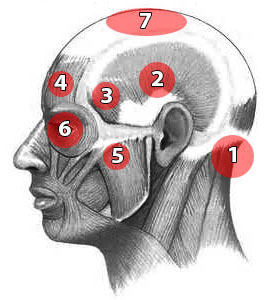 The questions which make up this case history are based on years of clinical observation and treating musicians and performers and their various syndromes.
The questions which make up this case history are based on years of clinical observation and treating musicians and performers and their various syndromes. The case history covers most occupations and hobbies, past traumas, medical problems, ergonomics, work related stress and a lot of other factors which may be involved.
It also covers colleague relationship stress.
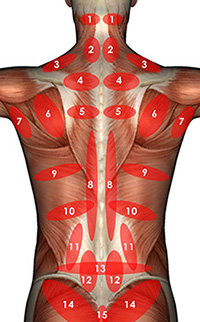 |
On average the case history takes less than 15 minutes to complete. A report including informative and diagnostic observations is then generated and presented online.
The final report can be shared by the student or performer with their tutor or anyone else e.g. their department head, GP or Specialist.
From the moment that you sign up you will get access to an Admin Dashboard with Metrics and Drilldown to monitor and quantify specific symptom patterns. You can even access any individual performers' report (anonymised, of course).
Your Admin page gives you access to a host of statistics:
Number of people taken part
Access to their individual reports
Number of severities of the following areas:
Forearm, Hand, Legs, Spine, Ribcage, Arm, Shoulder, Headaches, Neurological, Stress, Treatment outcomes
You can drilldown to each part of the anatomy and see the numbers of people suffering pain for example in their left quadriceps or right sided migraines
